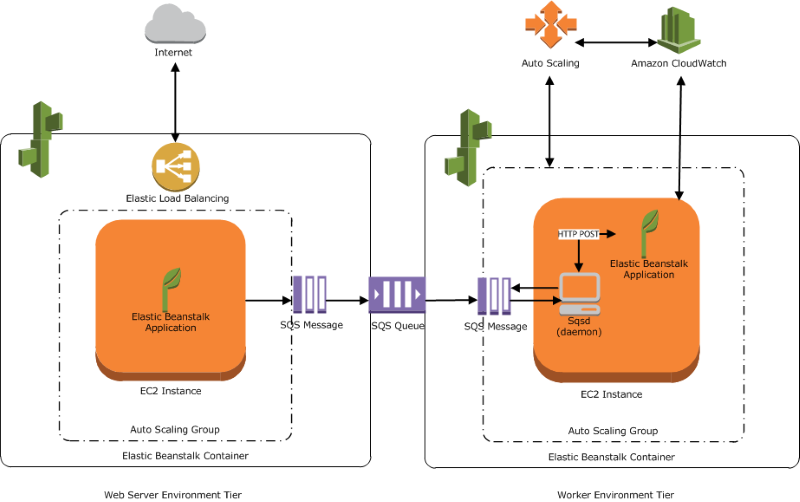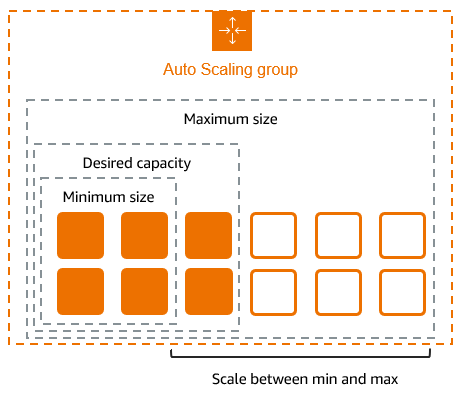Linux continues to dominate server environments, cloud infrastructure, and DevOps workflows in 2025. Whether you're a seasoned system administrator or just starting your journey with this powerful operating system, mastering essential Linux commands is crucial for productivity and efficiency. In this comprehensive guide, we'll explore the most frequently used Linux commands that remain relevant in today's tech landscape.
Why Linux Command Line Skills Matter in 2025
Despite the proliferation of graphical user interfaces and management tools, command-line proficiency remains an invaluable skill. For DevOps professionals, cloud engineers, and system administrators, the ability to navigate Linux environments efficiently can significantly impact productivity and troubleshooting capabilities.
Let's dive into the most essential Linux commands categorized by their functions.
Navigation Commands: Finding Your Way Around
1. pwd (Print Working Directory)
The pwd command displays your current location in the file system.
$ pwd
/home/username/Documents
2. cd (Change Directory)
Use cd to navigate between directories:
$ cd Documents # Navigate to Documents directory
$ cd .. # Go up one directory level
$ cd ~ # Go to home directory
$ cd /var/log # Navigate to absolute path
$ cd - # Return to previous directory
3. ls (List Directory Contents)
The ls command shows files and directories in your current location:
$ ls # List files and directories
$ ls -l # Long format with details
$ ls -a # Show hidden files
$ ls -lh # Human-readable file sizes
$ ls -R # Recursive listing

File Management Commands: Organizing Your System
4. mkdir (Make Directory)
Create new directories with:
$ mkdir projects # Create a directory
$ mkdir -p parent/child # Create nested directories
5. rmdir and rm (Remove Directory and Files)
Remove empty directories with rmdir or use the more powerful rm:
$ rmdir empty_folder # Remove empty directory
$ rm file.txt # Remove a file
$ rm -r folder # Remove directory and contents
$ rm -rf folder # Force removal without prompts (use with caution!)
6. cp (Copy)
Copy files and directories:
$ cp file.txt backup.txt # Copy a file
$ cp -r directory/ backup_directory/ # Copy a directory recursively
7. mv (Move or Rename)
Move or rename files and directories:
$ mv file.txt new_name.txt # Rename a file
$ mv file.txt /path/to/destination/ # Move a file
$ mv folder/ /path/to/destination/ # Move a directory
8. touch
Create empty files or update timestamps:
$ touch newfile.txt # Create a new empty file
$ touch -a file.txt # Update access time only
Viewing and Editing File Contents
9. cat (Concatenate)
Display file contents:
$ cat file.txt # Display file contents
$ cat file1.txt file2.txt # Display multiple files
$ cat -n file.txt # Display with line numbers
10. less and more
View files with pagination:
$ less large_file.log # View with forward/backward navigation
$ more large_file.log # View with forward-only pagination
11. head and tail
View the beginning or end of files:
$ head file.txt # Show first 10 lines
$ head -n 20 file.txt # Show first 20 lines
$ tail file.txt # Show last 10 lines
$ tail -f log_file.log # Follow log file updates in real-time
12. nano, vim, and emacs
Text editors for creating and modifying files:
$ nano file.txt # Simple editor for beginners
$ vim file.txt # Powerful, modal editor
$ emacs file.txt # Extensible, customizable editor

System Information Commands
13. uname
Print system information:
$ uname -a # All system information
$ uname -r # Kernel release
14. df (Disk Free)
Check disk space usage:
$ df # Display disk usage
$ df -h # Human-readable format
15. du (Disk Usage)
Check directory size:
$ du -h directory/ # Directory size in human-readable format
$ du -sh */ # Size of all subdirectories
16. free
Display memory usage:
$ free # Show memory usage
$ free -h # Human-readable format
Process Management Commands
17. ps (Process Status)
View running processes:
$ ps # Current user processes
$ ps aux # All processes in detail
$ ps -ef # All processes in full format
18. top and htop
Monitor system processes in real-time:
$ top # Dynamic process viewer
$ htop # Enhanced interactive process viewer
19. kill
Terminate processes:
$ kill 1234 # Kill process with PID 1234
$ kill -9 1234 # Force kill process
$ killall firefox # Kill all processes with name
File Searching and Manipulation
20. find
Search for files in the directory hierarchy:
$ find /home -name "*.txt" # Find .txt files in /home
$ find . -type f -mtime -7 # Files modified in last 7 days
$ find /var -size +100M # Files larger than 100MB
21. grep
Search text patterns in files:
$ grep "error" logfile.log # Find "error" in file
$ grep -r "function" /path/to/code/ # Search recursively
$ grep -i "warning" *.log # Case-insensitive search
22. tar and zip
Archive and compress files:
$ tar -cvf archive.tar files/ # Create tar archive
$ tar -xvf archive.tar # Extract tar archive
$ tar -czvf archive.tar.gz files/ # Create compressed archive
$ zip -r archive.zip directory/ # Create zip archive
$ unzip archive.zip # Extract zip archive

Network Commands
23. ssh (Secure Shell)
Connect to remote systems securely:
$ ssh user@hostname # Connect to remote host
$ ssh -p 2222 user@hostname # Connect on specific port
$ ssh -i key.pem user@hostname # Connect using identity file
24. scp (Secure Copy)
Securely copy files between hosts:
$ scp file.txt user@remote:/path/ # Copy to remote system
$ scp user@remote:/path/file.txt . # Copy from remote system
25. ping
Test network connectivity:
$ ping google.com # Check connection to host
$ ping -c 4 192.168.1.1 # Send specific number of packets
26. curl and wget
Transfer data from or to servers:
$ curl https://example.com # Fetch web content
$ wget https://example.com/file.zip # Download files
27. netstat and ss
Network statistics:
$ netstat -tuln # Show listening TCP/UDP ports
$ ss -tuln # Modern alternative to netstat
User and Permission Management
28. sudo
Execute commands with elevated privileges:
$ sudo apt update # Run as superuser
$ sudo -i # Switch to root shell
29. chmod
Change file permissions:
$ chmod 755 script.sh # Set specific permissions
$ chmod +x script.sh # Make executable
$ chmod -R 644 directory/ # Recursive permission change
30. chown
Change file ownership:
$ chown user:group file.txt # Change owner and group
$ chown -R user directory/ # Recursive ownership change
Package Management Commands
31. apt, yum, or dnf
Manage software packages:
# Debian/Ubuntu
$ apt update # Update package index
$ apt install package-name # Install package
$ apt upgrade # Upgrade all packages
# Red Hat/CentOS/Fedora
$ yum install package-name # Install package
$ dnf update # Update packages (Fedora)
Specialty Commands for DevOps Professionals
32. Docker Commands
Manage containers:
$ docker ps # List running containers
$ docker images # List available images
$ docker build -t image-name . # Build an image
$ docker run -d -p 80:80 image-name # Run container
33. Git Commands
Version control:
$ git clone repository-url # Clone repository
$ git pull # Update local repository
$ git add . # Stage changes
$ git commit -m "Message" # Commit changes
$ git push # Push to remote repository
Conclusion
Mastering these essential Linux commands will significantly enhance your productivity and efficiency when working with Linux systems in 2025. The command line remains the most powerful interface for administering Linux servers, containers, and cloud infrastructure.
At DevOps Horizon, we believe that strong Linux command-line skills form the foundation for success in DevOps, cloud computing, and system administration. Whether you're managing a small development environment or orchestrating complex cloud infrastructure, these commands will serve as valuable tools in your technical arsenal.
Remember that regular practice is key to becoming proficient with the Linux command line. Create a lab environment, work through examples, and gradually incorporate these commands into your daily workflow to build confidence and expertise.
Looking to enhance your Linux skills further? Check out our specialized training programs in the How-To section of our website or explore our certification preparation guides to take your career to the next level.
Happy command-lining!




